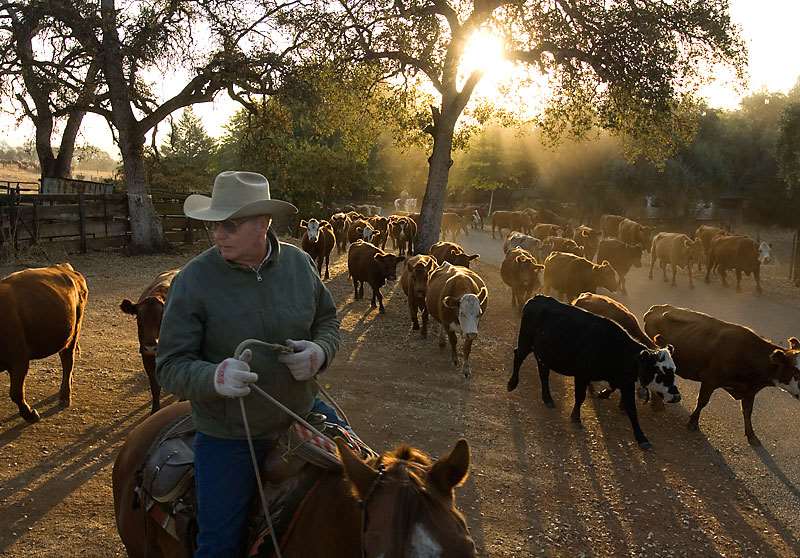
Cattle producers in today’s industry must be able to look ahead and be forward thinking when it comes to planning for and navigating through whatever the future may hold. Producers often invest in genetics for their herd that will probably not pay off for several years. However, according to Dr. Clay Mathis, director of the King Ranch Institute for Ranch Management, to be success over the next 20 years, ranchers will have to adopt the right mindset.
He told Radio Oklahoma Ag Network Farm Director Ron Hays during the recent Texas and Southwest Cattle Raisers convention in San Antonio recently, no one really knows where this industry is headed.
“There’s so many external factors we don’t know,” he said. “The key point is, it’s the same mindset that the people that were successful 20 years ago, and are still successful today - that same mindset - that’s going to make producers successful 20 years from now.”
Mathis says it is all in the way you alter your production system when there is opportunity, and how you manage risk that will determine how successful your operation with weather over the course of time.
“I think it’s keeping a big picture perspective,” he said describing this mode of thinking. “It’s not just about working harder - everybody putting in another 30 minutes or an hour a day on the work crew. It’s about making those decisions that have big leverage across the operation.”
Mathis notes, too, that each operation has its own goals. He advises producers to figure out what theirs’ are, and set out in pursuit of them, keeping the end-result in mind at all times.
Click here to see more...